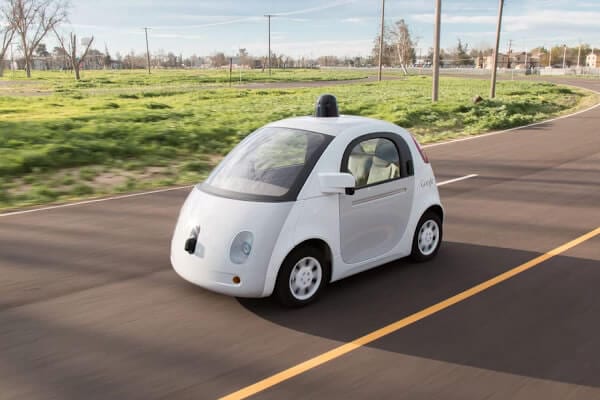The US government has identified that the computers and the software that are used in Alphabet Inc (NASDAQ:GOOG)’s Google’s self-driving cars should be identified as the drivers in the cars. In a lengthy letter, the National Highway Transportation Safety Administration (NHTSA) says that since it is the technology that is charged with the responsibility of driving the cars, it is only logical to identify the technology as the driver of the car.
NHTSA was responding to a request that Google sent to it towards the end of last year. In the request, Google asked the NHTSA to offer its interpretation on how the safety regulations would be applicable to self-driving cars. This was considered important for two main reasons. First, the NHTSA is the body that formulates and enforces road safety regulations in the country.
Second, the regulations that are currently in force were developed a long time ago when nobody had dreamt of self-driving cars. Therefore, for any company to be able to develop and market self-driving cars to the general market, it is important that it gets clearance from the NHTSA. This works to avoid unnecessary legal battles that may arise as a result of difficulties in interpreting safety regulations.
One of the most interesting things that emerged from the response of the NHTSA is whether driverless cars should have a seat that has been reserved for a driver. Under the current safety regulations, all cars are required to have one seat that is reserved to be occupied by the person who does the driving. Ironically, autonomous cars do not need a human driver.
Google wanted to find out whether it was actually necessary for it to include a seat for a driver in its new cars. The NHTSA argued that since it was the computer that was driving the car, it was not necessary to create a seat for it. This means that autonomous cars can be developed without the need of creating space for the human driver.
Lastly, the NHTSA indicated that the practice in which self-driving cars are designed without steering wheels and brake pedals can be accepted. Tech companies and other outfits that are committed to the developing autonomous cars have been arguing that excluding steering wheels from their gadgets makes sure that the humans who are in the vehicle do not attempt to interfere with the manner in which the software is working. It is indicative that the NHTSA seems to agree with this position.









